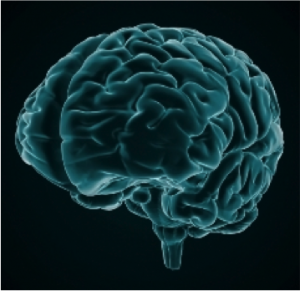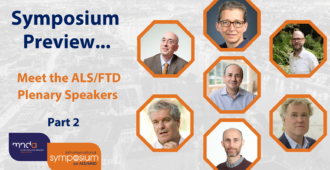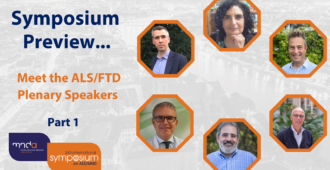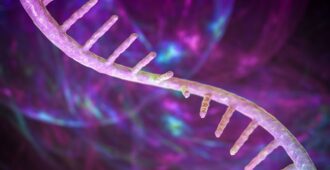In addition to the muscle weakness and wasting, MND also presents with non-motor symptoms, one of the most common being cognitive change.
Research has already shown that changes can occur to the nerve cells in the frontal and temporal lobe areas of the brain. These are the two areas which are responsible for controlling thinking, reasoning and behaviour.
Frontotemporal dementia, or FTD for short, is a rare form of dementia (cognitive impairment). One sub-type of FTD is sometimes found in people who have MND.
The first ever World FTD Awareness week is being held between 4-11 October.
To help raise awareness we are posting a series of blogs this week looking at FTD and research we are funding into this condition.
The main symptoms of FTD are linked to behavioural and mood changes, such as loss of inhibitions, being unable to empathise with others, or showing repetitive behaviours.
Many people with FTD also have changes to their speech and vocabulary, such as using the wrong word for something – for example calling a sheep a dog, or becoming less articulate in their speech. Some people can also gradually lose their ability to speak.
Thinking can also be affected, with FTD affecting someone’s ability to plan properly and their organisational skills.
FTD is brought about by nerve cells within the frontal and temporal lobes of the brain dying, because the pathways connecting the nerve cells to each other become altered. The chemical messengers that pass on information from one nerve to another can sometimes also be lost.
More information on FTD can be found on the NHS website, FTD Talk website or on the FTD support forum.
There are also two information sheets that the Association produce covering changes to thinking: ‘Will the way I think be affected?‘ and ‘How do I support someone if the way they think is affected?‘.
Healthcare professionals can also access our resources on cognitive change, FTD and MND on the ‘For professionals’ area on our website.
How are FTD and MND linked?
In a small number of people with FTD they go on to develop problems with their movement and muscle weakness. This is where the link to MND comes in. When the two conditions occur together it is referred to as FTD-MND.
FTD and MND are often described as being at the ends of a disease spectrum, with FTD-MND in the middle.
FTD-MND tends to have an earlier age of onset compared to FTD alone, and a bias towards males. FTD is roughly found in equal numbers of men and women.
Around 15% of people with MND have FTD at time of diagnosis or develop it further down the line.
Similarly, 10-20% of people with FTD are also diagnosed with MND (or another motor-disorder) later on, after showing motor dysfunctions.
Genetics behind FTD, MND and FTD-MND
Whilst the majority of the physical symptoms of these conditions are different, there is an overlap in their underlying genetics. This is why when discussing the inherited form of MND doctors will now ask if there is a family history of FTD also.
Genetic mutations (brought about through copying mistakes when the cells in your body are replicated) in a gene called C9orf72 have been found to be common to both conditions.
It is not completely understood how genetic mutations such as this contribute to the development of MND, though it is thought to involve a build-up of ‘abnormal’ proteins. It is also unclear why some people with FTD go on to develop MND (and vice versa).
FTD and MND Research
We are funding projects looking into FTD-MND, two of which will be explained in more detail in blog posts later this week.
The first project we will feature is aiming to identify changes in the post-mortem brain tissue of people who had MND or FTD. The researchers hope this will help them learn more about the C9orf72 gene mutation. More information on this project is on our website.
The second project is looking at whether FTD-MND is different to FTD alone. It is hoped that research in this area will help identify people with FTD who are also at risk of developing MND. This project is also featured on our website






